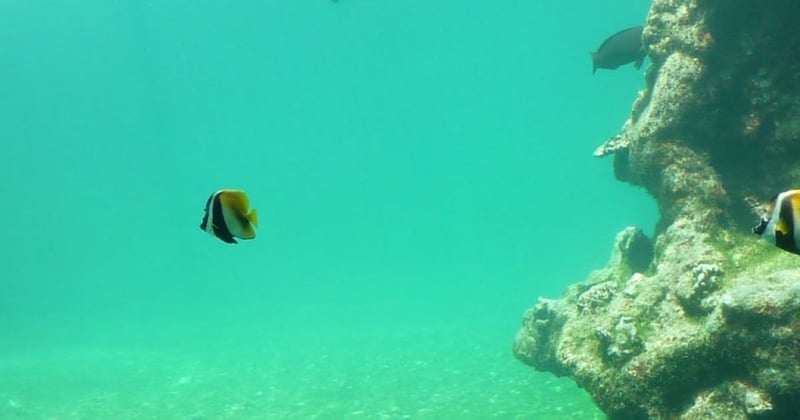
Sea life sentience: what do fish really feel?
News
There are millions of species of fish, some we eat, some we keep as pets, some we experiment on, and some are free from human intervention.
We know more about the emotional lives of our scaly underwater friends than many people realise, but what does the research into their minds and emotions actually show?
We often dismiss fish as unfeeling and incapable of key sensations such as pain. This is partly because they are so physiologically different from us mammals, and lack the physiology that we attribute to consciousness and feeling (Dinets, 2016). But it is also because they are so remote from us.
They live in seas, rivers and lakes, we can’t touch them, and we can’t even see them unless we enter their watery world. It’s therefore hard for us to relate to fish and see the world through their eyes (Proctor, 2012; Yue-Cottee and Cottee, 2012).
Fortunately, scientists are working hard to understand the minds of fish. Despite not having the brain structures thought to be responsible for pain, scientists have shown time and again that fish are capable of feeling it (Chandroo et al., 2004).
Fish respond to painful experiences, for example when bee venom or vinegar is applied to the lips of trout, they respond by rubbing their lips on the side of the tank, and lose their sense of neophobia (the fear of novel objects that is key to their survival). Then when the trout were given painkillers their behaviour reverted to normal (Sneddon, 2003), proving that they do experience pain. It may not be the same as our experience of pain, but the important thing is that it matters to them to the extent that they alter their behaviour and hinder their natural survival instincts (Braithwaite and Droege, 2016).
A goldfish’s memory isn’t so short after all
I am sure you have heard the factoid about goldfish having a three second memory. Well is simply isn’t true, and in fact they’re pretty intelligent. Goldfish have a memory of at least three months, can distinguish between different colours, shapes and sounds, and can learn to press a lever at a certain time of the day to get food (Gee et al., 2003).
Fish have also shown extraordinary initiative in their natural environments. Two species of fish have been seen to work together to hunt. Cooperation like this between different species is unusual in the animal kingdom - further showing us that fish have remarkable ingenuity and intelligence.
We know they feel pain, so what next?
I hope that I have got you thinking a little differently about our water dwelling friends. There is still so much to learn about fish and it is an exciting area of research – and the findings could have potentially huge implications on how we treat fish. Currently there is often little legal protection for fish around the world. It is essential we prove that their feelings matter so people are inspired to treat them with care and respect.
Further reading
Braithwaite, V., Droege, P., 2016. Why human pain can’t tell us whether fish feel pain. J. Anim.Chandroo, K., Yue, S., Moccia, R., 2004. An evaluation of current perspectives on consciousness and pain in fishes. Fish Fish.Dinets, V., 2016. No cortex, no cry. Anim. Sentience An Interdiscip.Gee, P., Stephenson, D., Wright, D., 2003. Temporal discrimination learning of operant feeding in goldfish (Carassius auratus). J. Exp. Anal. Behav. 62, 1–13.Proctor, H.S., 2012. Animal Sentience: Where Are We and Where Are We Heading? Animals 2, 628–639.Sneddon, L., 2003. The evidence for pain in fish: the use of morphine as an analgesic. Appl. Anim. Behav. Sci. 83, 153–162.Yue-Cottee, S., Cottee, S.Y., 2012. Are fish the victims of “speciesism”? A discussion about fear, pain and animal consciousness. Fish Physiol. Biochem. 38, 5–15.
A goldfish's memory isn’t so short after all. Goldfish have a memory of at least three months...
Our wildlife work
Around the world, wild animals are being exploited. They’re hunted down, trapped and farmed in captivity, all to be sold and abused for entertainment, medicine, fashion, pets and products.
Our work
We're working in Australia and around the world to end the needless suffering of animals by inspiring people to change animals’ lives for the better.



